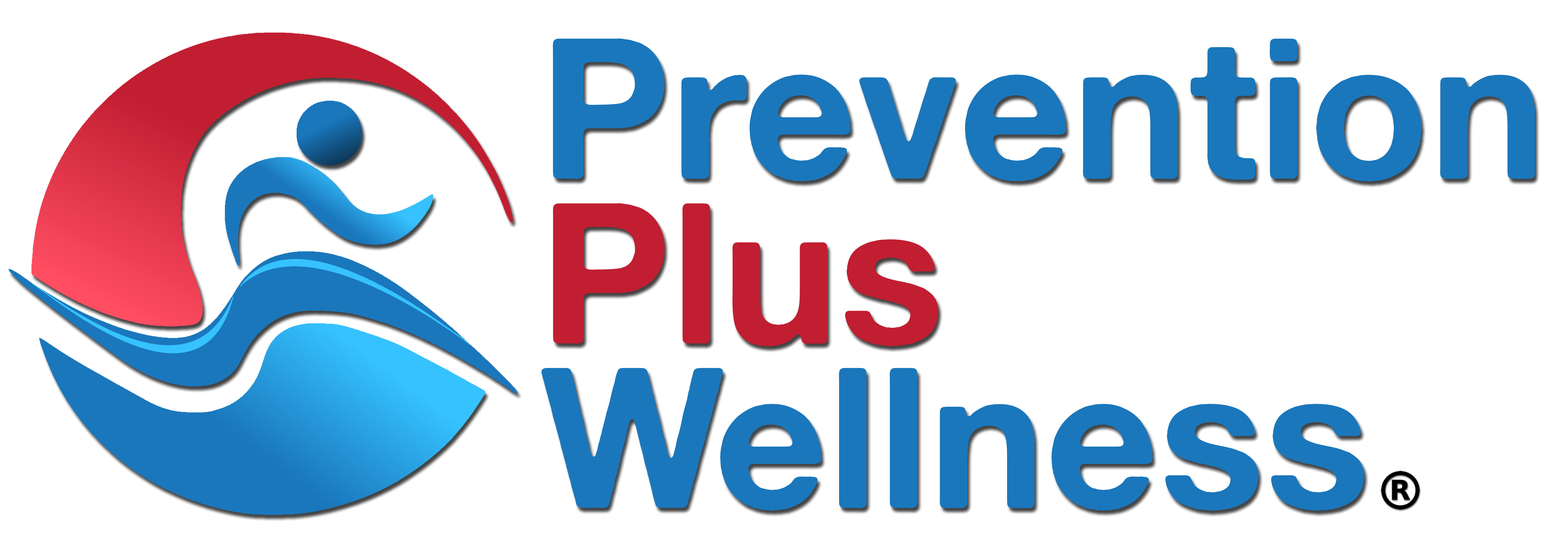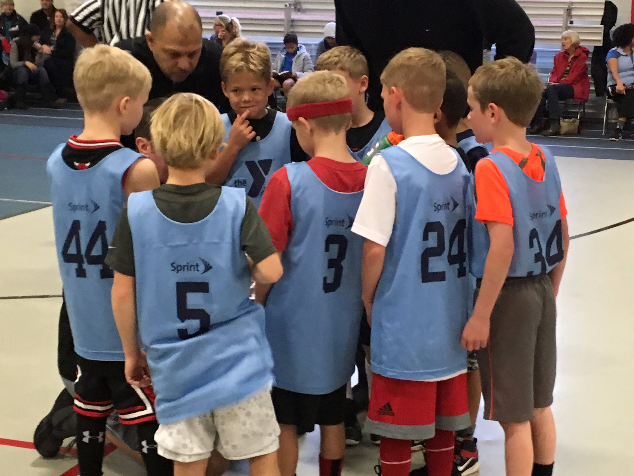In a previous article titled: The Role of Sport and Physical Activity in Preventing Substance Use, I reviewed research on links between youth participation in sports and physical activity and substance use, as well as studies evaluating the efficacy of physical activity-related interventions on youth substance use.
Since this was a very popular post, I decided to revisit the issue and review new research, including that addressing college students.
As I mentioned in the original article, the prevailing thought is that having youth play sports or participate in physical activities will protect them against using alcohol, tobacco, marijuana and other illicit drugs.
Undoubtedly, sports in the broadest sense of the word (i.e., individual and group, competitive and recreational, organized and unstructured), as well as physical activities in general, are critical to developing healthy bodies and minds, and are associated with many other benefits, including enhancing school achievement and the developing positive self-identities.
But as I mentioned in the earlier article, the relationship between sports/physical activity and youth substance use is more complicated. Below is an updated review and summary of selected research addressing the question of whether sports and physical activity can protect youth from substance use.
Association Between Youth Sports/Physical Activity and Substance Use
- A study by Veliz, Boyd and McCabe published in Pediatrics in 2016 examined lifetime nonmedical prescription opioid and heroin use among adolescents engaged in sports and exercise. The authors concluded that daily participation in sports and exercise may serve as a protective factor for nonmedical opioid and heroin use: http://pediatrics.aappublications.org/content/early/2016/07/21/peds.2016-0677.
- A paper published by Veliz, McCabe and Boyd in The American Journal on Addictions in 2015 examined the association between adolescent sport participation and extreme binge drinking (10+ drinks). Results indicated that boys who participated on multiple sports teams had the greatest odds of engaging in extreme binge drinking: http://onlinelibrary.wiley.com/doi/10.1111/ajad.12323/full.
- A study by Veliz, Schulenberg, Patrick and colleagues published in the International Review for the Sociology of Sport in 2015 examined how participation in different types of competitive sports during high school is associated with substance use 1 to 4 years after 12th grade. Results showed youth participating in one or more competitive sports were at greater odds of binge drinking, and those who participated in high-contact sports had greater odds of binge drinking and marijuana use: http://journals.sagepub.com/doi/abs/10.1177/1012690215586998.
- A paper by Matthew Kwan and colleagues published in Addictive Behaviors in 2014 reviewed 17 longitudinal studies examining the relationship between sports participation and drug and alcohol use among adolescents. Results indicated that sports participation was associated with increased alcohol use, but reduced illicit drug use, especially non-marijuana related drugs: http://www.sciencedirect.com/science/article/pii/S0306460313003766.
- A study by Terry-McElrath, O’Malley, and Johnston published in the American Journal of Preventive Medicine in 2011 examined the relationships between high school student substance use and exercise in general, and school athletic team participation. Higher levels of exercise were associated with lower levels of alcohol, cigarette, and marijuana use. In addition, higher levels of athletic team participation were associated with higher levels of smokeless tobacco use, high school alcohol and steroid use, and lower levels of cigarette and marijuana use: http://monitoringthefuture.org/pubs/abstracts/ytmpomldj2011.pdf.
- A review of research by Lisha and Sussman published in Addictive Behaviors in 2010 examined high school and college sports participation and drug use. A total of 34 papers were reviewed and findings suggest that participation in sports is related to higher levels of alcohol consumption, but lower levels of both cigarette smoking and illegal drug use: http://www.ncbi.nlm.nih.gov/pmc/articles/PMC3134407/.
- A study by Nelson and Gordon-Larsen published in Pediatrics in 2006 examined relationships between physical activity and sedentary behavior patterns and an array of risk behaviors. The authors concluded that participation in a range of physical activity-related behaviors, particularly those involving high parental sports/exercise involvement, was associated with favorable risk profiles, including reduced likelihood of illegal drug use: http://pediatrics.aappublications.org/content/117/4/1281.short.
- A study by Moore and Werch published in the Journal of Adolescent Health in 2005 examined the association between participation in school-sponsored sports and out-of-school sports/physical activities and substance use. Results showed that participation in any one of seven sports/physical activities was associated with increased substance use for one or both genders, while participation in one of four other sports/physical activities was associated with decreased substance use among one or both genders: http://www.sciencedirect.com/science/article/pii/S1054139X04002605.
Physical Activity-Related Interventions and Youth Substance Use
- A study by Donohue and colleagues published in the Journal of Drug Abuse in 2016 examined a brief alcohol intervention among NCAA athletes. Results indicated that the intervention decreased alcohol consumption, dysfunctional thoughts and stress in a preliminary evaluation: https://pdfs.semanticscholar.org/6d39/925bbb1bce64f0224d9eda301ee47f34ea20.pdf.
- A paper by Werch and colleagues published in the Annals of Behavioral Medicine in 2008 examined the efficacy of a brief physical activity image-based multiple behavior intervention for college students. Results indicated that the brief screening and intervention (InShape Prevention Plus Wellness) was effective in reducing marijuana and alcohol use behaviors, and increasing health-related quality of life: https://www.ncbi.nlm.nih.gov/pubmed/18800217.
- A study by Werch and colleagues published in Prevention Science in 2005 evaluated the efficacy of a brief, multi-health behavior intervention integrating physical activity and alcohol use prevention messages for high school adolescents. Youth receiving the SPORT Prevention Plus Wellness intervention showed significant positive effects at three-months post-intervention on alcohol consumption, drug use behaviors, and exercise habits, and at 12-months on cigarette smoking: http://link.springer.com/article/10.1007/s11121-005-0012-3.
- A study by Werch and colleagues published in the Journal of School Health in 2003 evaluated an intervention addressing alcohol prevention in the context of a sports program. A brief health behavior screen and consultation (SPORT Prevention Plus Wellness) tailored to middle school students’ health habits significantly reduced alcohol initiation, quantity of use, heavy drinking, and significantly increased moderate physical activity at three-months post-intervention: http://onlinelibrary.wiley.com/doi/10.1111/j.1746-1561.2003.tb04181.x/abstract.
- A study by Goldberg and colleagues published in JAMA Pediatrics in 2000 evaluated the efficacy of a team-centered, sex-specific education program designed to reduce use of anabolic steroids, alcohol, and other illicit drugs. The intervention consisted of interactive classroom and exercise training sessions for high school football players. Fewer students receiving the intervention reported using alcohol, illicit drugs, and sport supplements, along with drinking and driving, while nutrition behaviors improved at one-year: http://archpedi.jamanetwork.com/article.aspx?articleid=348976.
- A study by Collingwood and colleagues published in the Journal of Drug Education in 2000 evaluated a physical fitness drug prevention program implemented to youth in 22 school and community settings. The physical training program consisted of exercise and educational modules implemented over a 12-week period. Results indicated significant pre to post increases in physical activity and fitness, and significant decreases in the percentage of youth who used cigarettes, smokeless tobacco, and alcohol: http://baywood.metapress.com/app/home/contribution.asp?referrer=parent&backto=issue,4,8;journal,52,171;linkingpublicationresults,1:300320,1.
Summary and Conclusions
As mentioned earlier, the relationship between youth sports and physical activities and substance use is a complicated one. But one thing is clear. We cannot just assume that participation in any type of sport or physical activity will protect youth from using all harmful substances.
Rather, research suggests that participation in sports and athletic teams, particularly competitive and contact sports, is likely to be related with increased risk for some types of substance use, especially alcohol consumption. The good news is that greater sports and exercise participation is generally associated with decreased risk for cigarette smoking and illegal drug use.
The caveat to these broad conclusions is that the association between increased or decreased risk for specific types of substance use is likely to vary with the specific type of sport or physical activity, as well as gender, parental participation, and level of exercise or athletic team participation.
Fortunately, interventions linking sports and physical activity with substance use prevention can be effective in decreasing substance use while also increasing physical activity. These programs vary and can include either multiple educational and exercise sessions, or screening with brief motivational intervention.
Because youth who participate in sports are likely to be at increased risk for alcohol and in some cases other types of substance use, it would be prudent to ensure all youth participating in sports receive a program which integrates sports/physical activity with substance use prevention.
In fact, ALL youth and college students should be provided with a program that can cost-effectively prevent harmful substance use while also increase their sports participation or general physical activity to promote overall well-being and positive youth development.

